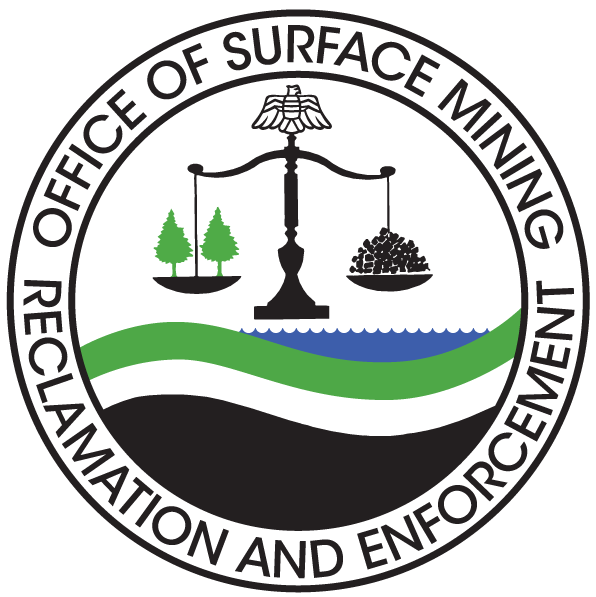National Technology Transfer Team
The National Technology Transfer Team (NTTT) leads OSMRE efforts to achieve the goals of the Technology Development and Transfer program. While supporting the national technology development and transfer efforts, regional teams, comprised of OSMRE employees, State and Tribal staff, also provide location-based perspectives.
Through the NTTT, OSMRE actively promotes innovative methods that enhance the protection of the environment during coal mining and reclamation. OSMRE promotes these technologies through an interactive transfer process that involves workshops, forums, benchmarking symposiums, the OSMRE Applied Science funding program, and by partnering with other technical programs.
The information gathered by these processes is then shared with Federal, State, Tribal, industry, and academic partners through training, publications, exhibits, conferences, and websites. Strategies to apply these new technologies are developed during technical consultation and assistance services.
National Team
Since 2003, the National Technology Transfer Team (NTTT) has been a forum to guide, coordinate, and communicate OSMRE’s national and regional technology transfer activities.
The NTTT is composed of members from OSMRE and from States that administer coal mining activities. OSMRE is represented by members from Headquarters, the National Technical Training Program (NTTP), Technical Innovation and Professional Services (TIPS), and three regional OSMRE staff across the Appalachian, Mid-Continent, and Western states. To learn more about the NTTT, read the Charter.
Regional Teams
OSMRE Regional Teams offer unique perspectives on the varying geographies that present unique environmental challenges to the process of coal mining and reclamation.
The Regional Teams identify, advance, and develop technical solutions appropriate to each given location. These teams consist of a technical representative from each of the States, Tribes, OSMRE Divisions and Field Offices in that region.
These regional efforts also support the national effort by advancing discussion of issues and solutions to the NTTT for dissemination and implementation in other regions. The States are represented by the Interstate Mining Compact Commission, the Western Interstate Energy Board, and the National Association of Abandoned Mine Land Program.
Flight 93, Passive Treatment System - a project that provides a way to help clean up acid mine drainage water from an underground coal mine near the crash site. The treatment systems put in place on the site to combat Iron and Manganese issues in the water include the passive technology capable of reducing total suspended metals to less than 2.0 mg/L (Enhanced Solids Fe Removal) and the passive technology capable of removing manganese to less than 1.0 mg/L at pH 7 (Passive Removal of Manganese at Circumneuntral pH).
Trompe, Passive Treatment System - a project that uses a modern version of the ancient technology to clean up pollution from 20th-century mining. This project is believed to be the first use of a trompe to eliminate mine water pollution.
The Mid-Continent Region Technology Transfer Team is part of the National Technology Transfer effort of OSMRE. MCRTTT provides interactive forums and workshops, publishes and presents technical papers at state/regional/national conventions, workshops, symposia, and outreach efforts to accomplish the goals.

